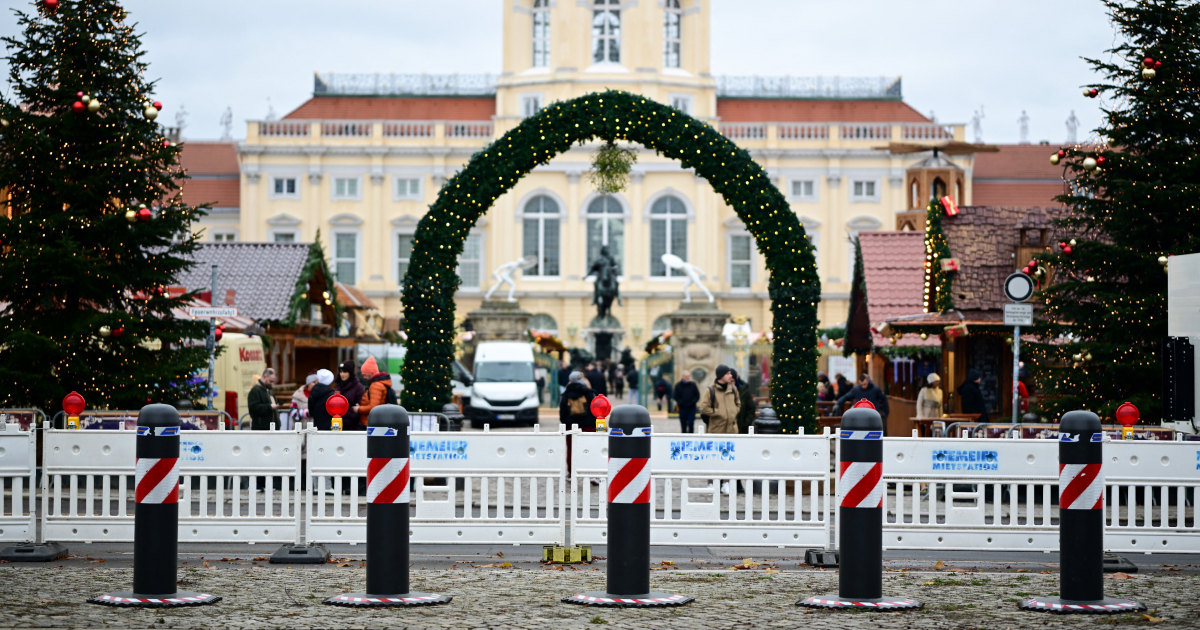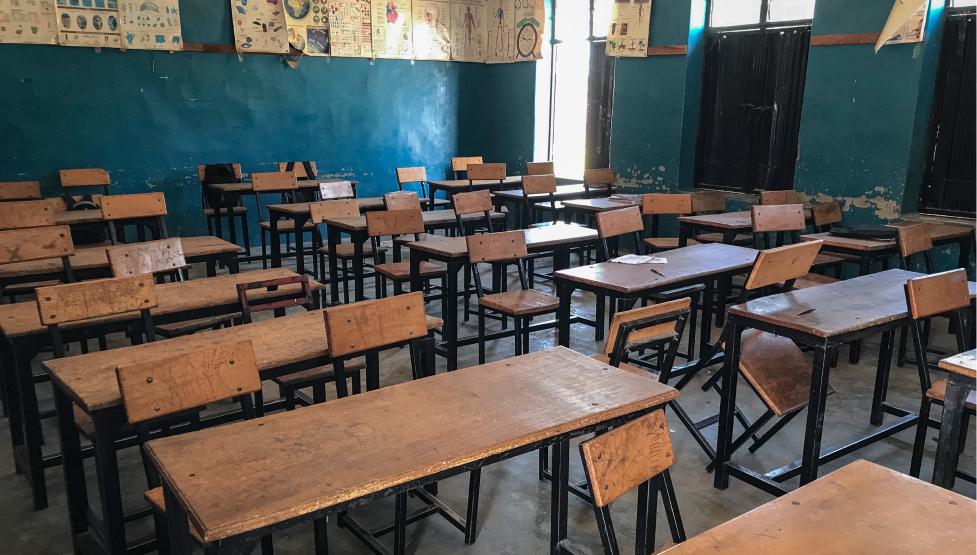The Vatican has upheld a ban on a controverisal religious community in New Zealand that was previously given the green light under Pope Benedict XVI, ending a year-long appeal.
On 10 August 2025, Bishop Michael Gielen of the Diocese of Christchurch informed the faithful that the Holy See had "rejected in its entirety” the appeal lodged by the Sons of the Most Holy Redeemer, also known as the Transalpine Redemptorists.
The Catholic order, which is modelled on the rule of St Alphonsus Liguori, founder of the Redemptorists, and whose priests and brothers were told to leave the diocese in July 2024, is reported to have been investigated over allegations of abuse and unauthorised exorcisms.
The bishop’s original decree, forbidding the order from public ministry, followed an apostolic visitation conducted by Australian Bishop Robert McGuckin of Toowoomba, at the Vatican’s request. The details of that investigation have not been made public, but Christchurch-based media The Press reported in 2023 that it concerned “alleged abuse and unauthorised exorcisms".
During the appeal process, the order remained in Canterbury and the West Coast while its members were barred from public ministry. But this ban was reportedly not adhered to. According to The Press, Bishop Gielen said that Masses continued to be celebrated and that a new priest arrived “without permission to exercise ministry for the Sons". In a recent Sunday address, he expressed disappointment at what he called “challenges to unity and obedience within our Church".
The Christchurch diocese confirmed that the group had initially had 90 days from the July 2024 decree to leave, while a new departure date has not been set. The Vatican’s decision means that ban applies equally to “priests who arrived after the decrees were announced".
Bishop Gielen previously told The Press: “I believed what [survivors] shared with me. I took the strongest possible action, asking the Vatican to investigate the allegations raised. I adopted the Vatican’s recommendations and issued appropriate decrees. We continue to work for those decrees to be implemented in full.”
The Sons of the Most Holy Redeemer order – whose members live a semi-contemplative life while conducting missionary work, travelling to give parish missions and retreats – traces its origins to 1988 and the Orkney Islands, when a group of traditionalist Catholics affiliated with the SSPX founded a monastic community on the island of Papa Stronsay in the archipelago off the north coast of mainland Scotland.
For two decades, the order operated outside the official structures of the Church, which included celebrating the traditional Latin Mass at a time when it was largely restricted.
In 2008, the community reconciled with the Holy See under Pope Benedict XVI and was formed canonically in 2012 as a religious institute of diocesan right, a form of congregation codified by the laws of the Catholic Church, but through which the congregation is under the authority of a particular local bishop, rather than that of a pope.
The Sons of the Most Holy Redeemer still maintain a farm and monastery on Papa Stronsay.
Photo: Pope Benedict XVI waves to the faithfuls as he leaves St. Peter's Basilica at the end of the Christmas night Mass on in Vatican City, Vatican, 25 December 2011. (Photo by Franco Origlia/Getty Images.)




.jpg)


.png)








